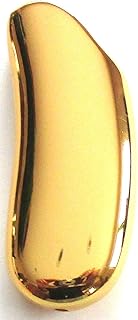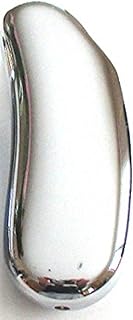1. Material Sourcing:
* Plastic: The lighter body is made from polypropylene, chosen for its durability, chemical resistance, and cost-effectiveness.
* Metal: The lighter's various metal parts, including the flint wheel, spark wheel, and valve, are typically made from steel or brass.
* Fuel: Butane gas, the fuel that powers the lighter, is sourced from petroleum refineries.
2. Injection Molding:
* The polypropylene plastic is melted and injected into molds to create the distinctive shape of the lighter body. This process forms the casing, fuel reservoir, and other intricate details.
3. Component Manufacturing:
* Individual metal parts are produced using techniques like stamping, machining, and wire forming. This involves shaping and cutting metal sheets or rods to precise specifications.
4. Assembly:
* The various components are carefully assembled into the lighter body. This involves:
* Valve: The valve, a crucial part that controls the flow of butane, is fitted into the fuel reservoir.
* Flint Wheel: The flint wheel, which strikes the flint to generate sparks, is inserted and secured in its designated location.
* Spark Wheel: The spark wheel, which rotates to grind the flint and produce sparks, is attached to the flint wheel mechanism.
* Flame Adjustment: The flame adjustment mechanism, allowing users to fine-tune the flame size, is incorporated.
5. Fuel Filling:
* Once assembled, the lighter is filled with butane gas under pressure. The valve regulates the flow of fuel to the flame.
6. Quality Control:
* Lighters undergo rigorous quality control testing to ensure proper functionality, safety, and leak-proof performance. This involves tests for flame consistency, ignition reliability, and fuel leakage.
7. Packaging:
* Lighters are packaged individually or in bulk, ready for distribution to consumers.
Additional Points:
* Automation: BIC lighters are manufactured on high-speed automated lines, allowing for efficient mass production.
* Sustainability: BIC has implemented initiatives to improve its environmental footprint, including recycling and reducing the use of harmful materials.
The production of BIC lighters showcases a combination of advanced manufacturing techniques, meticulous assembly, and stringent quality control procedures, contributing to their worldwide popularity.


